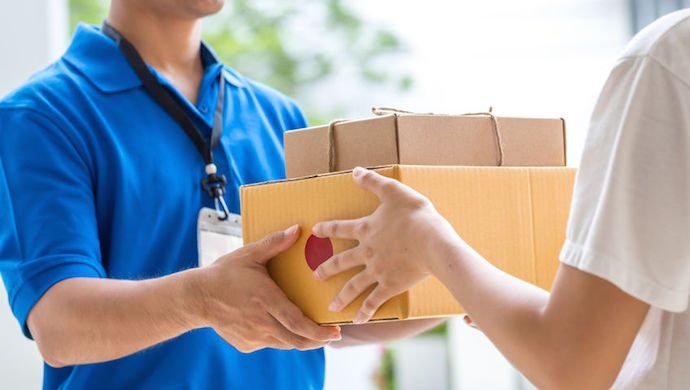Retailers need to address new challenges, from bolstering distribution networks to managing complexity, to continue to expand their e-commerce operations.
Retailers can feel good about the 2019 holiday shopping season, despite a shorter shopping window. But retailers can’t afford to rest on their laurels. As e-commerce volumes continue to grow and the prospect of supporting next-day and same-day delivery becomes more necessary, retailers need to address new challenges to continue to expand their e-commerce operations.
Expanding the Network
The only way next-day delivery becomes cost-effective and same-day delivery becomes feasible is if the product being ordered is already close to the customer at the time of the order.
That is driving the need for retailers to rethink their network architecture. The first step in this evolution is the addition of new distribution nodes in large metropolitan areas.
The largest e-commerce operators with the scale to support dedicated e-commerce distribution networks are already moving in this direction. It will be necessary for midsize operators, who typically have e-commerce fulfillment integrated with wholesale distribution and store replenishment, to follow suit.
To manage this complexity, more midsize retailers are taking a page from the playbook of larger retailers and turning to third-party logistics (3PL) companies that have the necessary experience to manage an integrated warehouse environment.
More Sophisticated Deployment Strategies
While the challenge of expanding the distribution network is significant on its own, it also introduces another layer of complexity to inventory deployment. As consumer demand and the network evolve, getting the in-store and online inventory mix right is increasingly difficult, as is determining the inventory needed to avoid out-of-stock situations and control inbound freight costs.
Effective inventory deployment strategies—ensuring the right product is in the right location at the right time—enable inventory to be tailored to specific markets and create benefits that extend from more effective marketing to faster deliveries.
Again, 3PLs such as DHL Supply Chain, through their scale, breadth of experience, and resources, are leading the industry in developing the tools to support more effective deployment and positioning.
The Next Step Is a Big One
It would be nice if retailers could sit back and enjoy the fruits of the e-commerce investments they have made, but the market is too dynamic for that. Continued evolution is necessary to support growth and meet rising customer expectations.
These evolutions require specialized network engineering expertise and the ability to integrate systems and establish an end-to-end approach to e-commerce management that extends from inventory deployment through carrier selection.
It’s also necessary to continue to invest in emerging technologies while building the expertise required to leverage the full capabilities of those technologies.
A 3PL with the experience and resources of DHL Supply Chain can help retailers tackle these challenges in the coming years.
To learn more about DHL’s e-commerce fulfillment services, visit bit.ly/DHL_e-fulfillment.
 Kraig Foreman, Vice President, Operations, DHL Supply Chain, 973-301-8434
Kraig Foreman, Vice President, Operations, DHL Supply Chain, 973-301-8434
Source: https://www.inboundlogistics.com
CUT COTS OF THE FLEET WITH OUR AUDIT PROGRAM
The audit is a key tool to know the overall status and provide the analysis, the assessment, the advice, the suggestions and the actions to take in order to cut costs and increase the efficiency and efficacy of the fleet. We propose the following fleet management audit.




